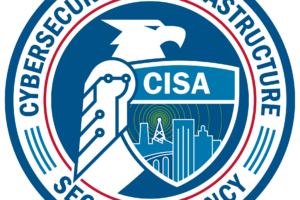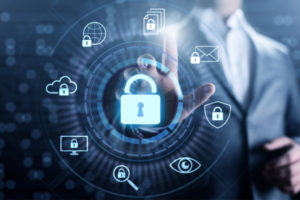
Dr. Ron Martin, Professor of Practice, Capitol Technology University
Every organization worldwide must protect its cyber resources from unauthorized intrusions. Cyber preparedness against attacks is essential. Recently, NIST released the Cybersecurity Framework (CSF) 2.0. The CSF suggests that each organization acquire knowledge of six core functions: Govern, Identify, Protect, Detect, Respond, and Recover.
NIST also released Special Publication (SP) 800- 61 Revision 3, titled “ Incident Response Recommendations and Considerations for Cybersecurity Risk Management. “ The purpose of NIST SP 800-61r3 is to assist organizations in incorporating cybersecurity incident response recommendations and considerations throughout their cybersecurity risk management activities.
This integration aims to help organizations:
1. Prepare for incident responses by improving readiness.
2. Reduce the number and impact of incidents that occur.
3. Enhance the efficiency and effectiveness of incident detection, response, and recovery activities.
The article will focus on showing a nexus between these two publications. Before we discuss the initiatives outlined in SP 800- 61r3, let’s summarize CSF 2.0. The CSF provides guidance for organizations to manage and reduce cybersecurity risks. One important addition to the framework is the GOVERN function. Governance establishes a risk management strategy that establishes roles and responsibilities and enforces policies and procedures. Another function is the implementation of safeguards that can reduce the likelihood and impact of cybersecurity incidents.
Organizations must adopt CSF 2.0 because it will provide a flexible framework to effectively manage and reduce cybersecurity risks. It assists organizations of all sizes to understand, assess, prioritize, and communicate their cybersecurity posture. CSF 2.0 allows organizations to tailor their approach to unique risks, missions, and objectives by focusing on desired outcomes rather than prescriptive actions. It integrates cybersecurity with enterprise risk management, supports continuous improvement, and enhances communication between executives, managers, and practitioners. Its supplementary online resources, such as Quick Start Guides and Implementation Examples, make it accessible and actionable for organizations at any stage of cybersecurity readiness.
NIST SP 800-61r3’s purpose is to assist organizations in incorporating cybersecurity incident response recommendations and considerations into their cybersecurity risk management activities.
It organizes its recommendations and considerations using the NIST Cybersecurity Framework (CSF) 2.0 Functions.
Critical Infrastructure Protection Mechanisms are similar globally. They are part of a country’s legal requirements, and the basic tenets of protection, preparedness, and incident responses are similar.
The incident response life cycle model described in NIST SP 800-61r3 is based on the six NIST Cybersecurity Framework (CSF) 2.0 Functions. It reflects the integration of incident response into broader cybersecurity risk management activities.
Importance of Cybersecurity Risk Management Incident Response is outlined below:
• Minimizing Damage
• Ensuring Business Continuity
• Proactive Risk Management
• Improved Detection and Response
• Compliance with Regulations
• Building Stakeholder Confidence
• Learning and Continuous Improvement
• Reducing Long-Term Costs
• Adapting to Evolving Threats
• Protecting Sensitive Data
Cybersecurity risk management and incident response are essential for protecting an organization’s assets, ensuring operational resilience, and maintaining trust in an increasingly threat-prone digital environment. Critical infrastructure protection practitioners should review these documents to enhance their organizations’ cybersecurity posture.
SP 800-61r3 contains community profiles in Table 2, which outline CSF preparation and lessons learned. Table 3 contains the second part of the Community Profile: Incident Response. Both tables recommend an element priority with suggested considerations.
Since many NIST Publications are reviewed and used internationally, NIST provides translations of key publications to support the global understanding of cybersecurity and privacy resources. I recommend that the English version be reviewed alongside the translation.









